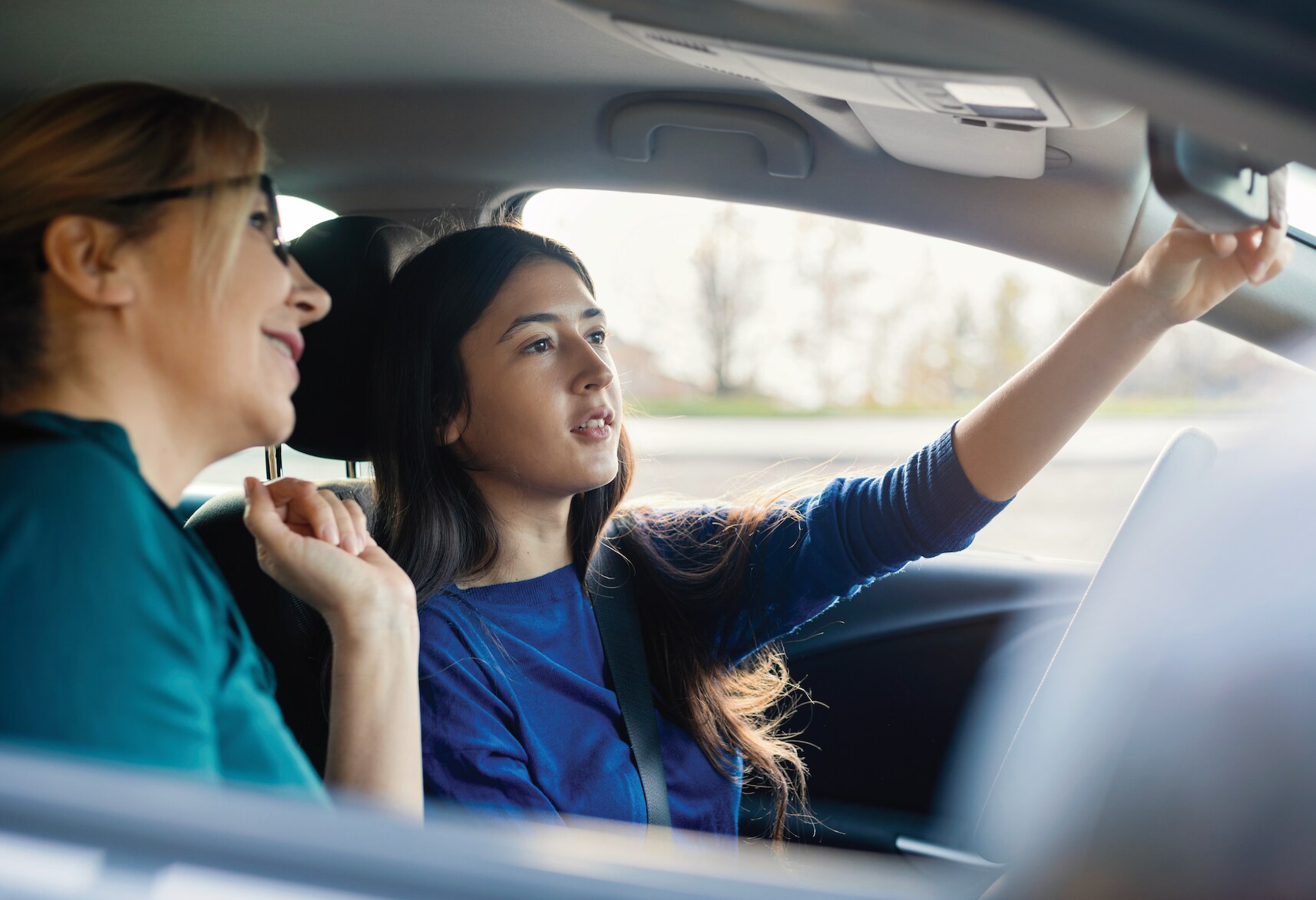When you're a teenager, getting your driver's license and enjoying the freedom of the road is a big deal. If you're a parent of a teen driver, you naturally worry about your child being behind the wheel. After all, in America, while teen drivers only make up around seven percent of the population, they account for eleven percent of motor vehicle injuries.
According to the Insurance Institute for Highway Safety (IIHS), teenagers are three times more likely to be involved in a fatal car accident than drivers in their twenties. The IIHS says the main reason for teens' poor record when it comes to driving safely involves their lack of experience behind the wheel, especially in hazardous conditions. After all, it takes time and experience to learn how to properly gauge oncoming traffic when making a turn or learning to speed up and merge into highway traffic. Experiences such as driving at night when it is difficult to see or in dangerous weather conditions including pelting rain, sleet, and snow, is all new to a teen driver. Learning to drive safely is a complex dance that includes eye, hand, and foot coordination. For example, it is easy to miscalculate the speed of oncoming vehicles and judge when it is safe to make a left-hand turn in traffic. Plus, teen drivers are more likely to speed and tailgate behind other drivers which can lead to potential hazards and even fatal crashes.




